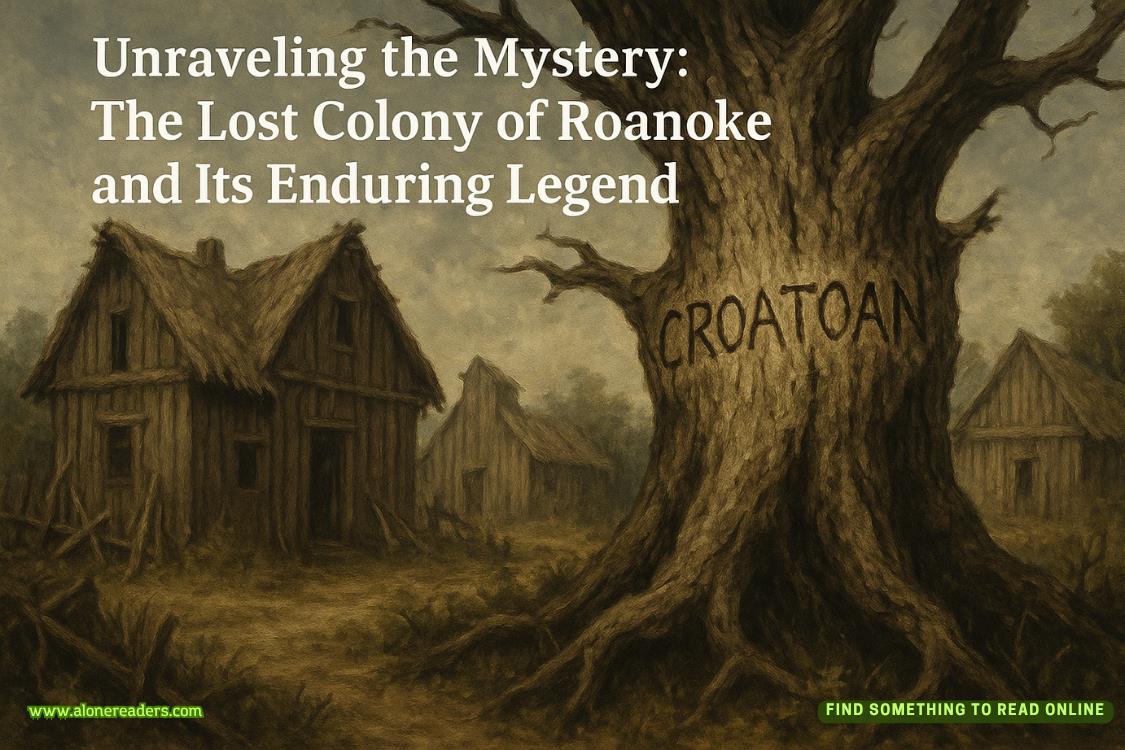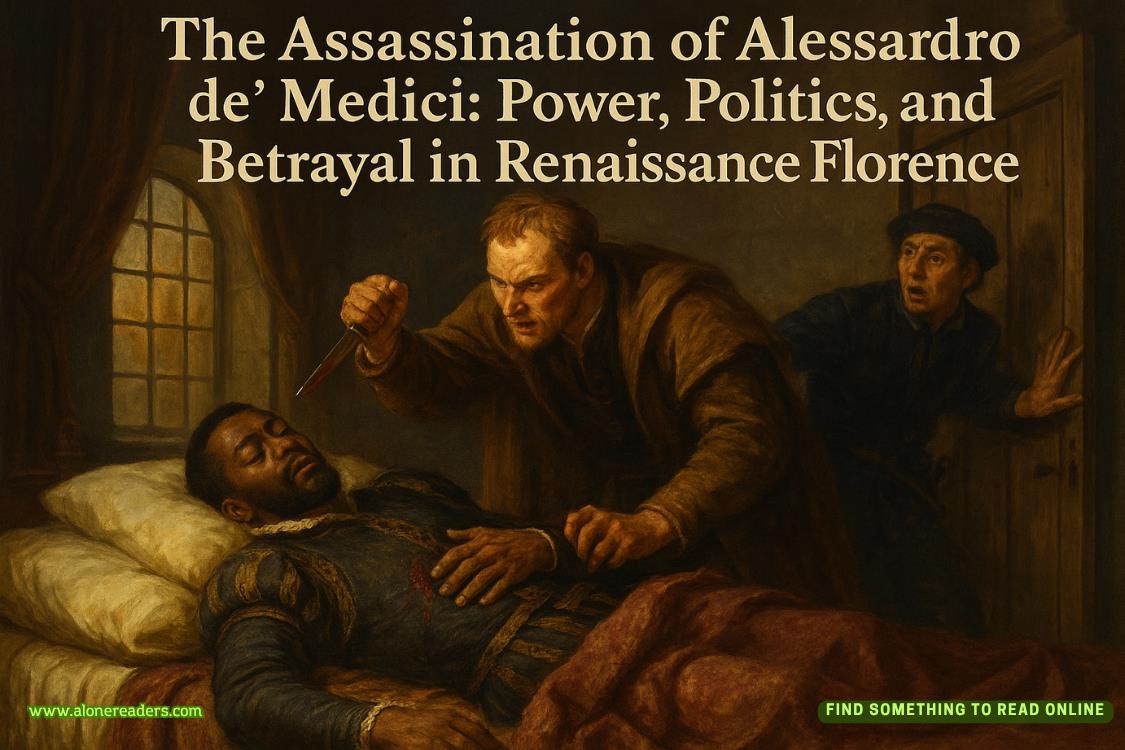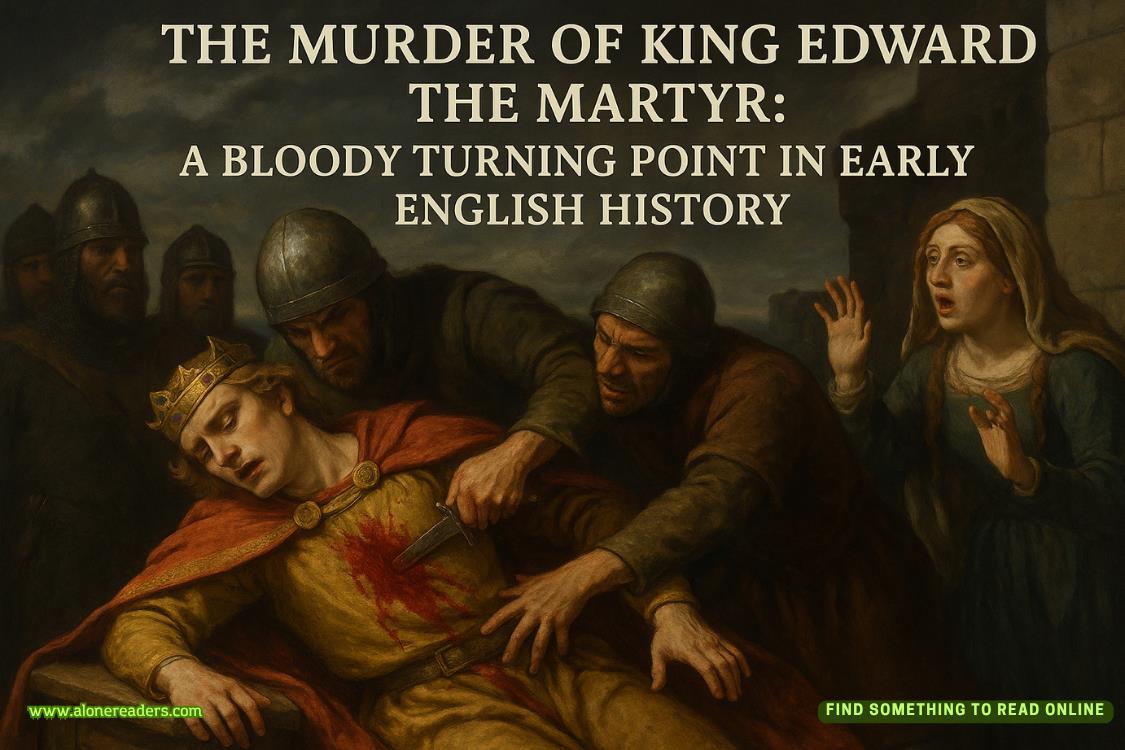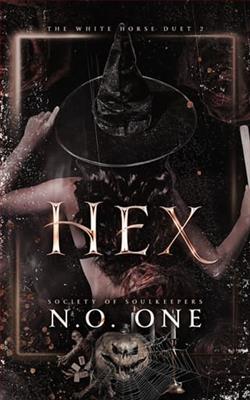Page 37 of The Unforgiven
“In what way?” Quinn asked, genuinely curious.
“Probably in the way that they were very unlucky. I’ll start at the beginning, if you don’t mind.”
“Please.”
“Maurice Besson built the original plantation house on this site at the end of the eighteenth century. He made a fortune trapping in Canada and brought his money to Louisiana, where prime land was going cheap. Maurice married Arabella Dupre, the only child of Andre Dupre, who owned the adjoining tract of land. It was probably a calculated move since Maurice consolidated his holdings as soon as the old man died. Maurice named the plantation after his wife.”
“Did he love her?” Brett asked. The question surprised Quinn, but she remained quiet, allowing Dina to answer.
“I can only speculate, but I would say the answer to your question is yes. He did name the plantation after her, and he never remarried after she died in childbirth in her late twenties. Maurice was still a young man and could have had his pick of local beauties. Instead, he concentrated on growing his profit. He bought as many as one hundred slaves during his lifetime and left a very profitable plantation to his only surviving son, Jean. We do know from letters that were found at the house that Maurice handpicked a bride for his son. Her name was Sybil Talbot, and like Arabella, she was the only child of a wealthy family. Sybil, and in turn her husband, inherited everything and invested it in the plantation. Another hundred slaves were purchased and put to work in the cotton and sugar cane fields.”
“That doesn’t sound very unlucky to me,” Brett observed as he trailed after Dina from one opulent room to the next.
“What made the Bessons unlucky was the brevity of their lifespans. They had it all, but they never lived long enough to enjoy it. Maurice died in his forties, as did his son, Jean, who caught swamp fever. Jean Besson’s sons, Albert and Charles, both died at an early age, leaving only one child behind between them, Albert’s son, George. George was the one in residence at the plantation at the outbreak of the Civil War.”
“Are you quite certain that Charles Besson didn’t have any children?” Quinn asked.
“Charles never married and was killed in New Orleans at the age of thirty-seven. He was run over by a carriage.”
“Maybe it was suicide, à laAnna Karenina,” Brett joked.
“Charles had a drinking problem, so it was ruled an accident. There are notes from the inquest in the library, if you’d like to see them,” Dina replied.
“Might he have been married?” Quinn asked, wondering why Charles’s marriage certificate had never surfaced among his papers.
“There’s no record of a marriage anywhere in the state of Louisiana. Charles left the plantation when he was twenty-one and took a house in New Orleans. Nothing more is known about his private life since no letters or diaries were left behind after his death. The house and all the assets were sold to pay off his gambling debts. He lived modestly and had one slave girl named Tess, who looked after him.”
“And George. What happened to him?” Quinn asked. She knew she’d find out eventually from her visions, but she wanted to hear the official version of events.
“George joined the army as an officer at the beginning of the Civil War. As a plantation owner, he wasn’t obligated to, since it was important to keep the plantations producing, but George was a true patriot and wanted to prove his mettle. It was the poor folk who were expected to do the fighting, since the loss of them did little to hurt the economy and they were largely seen by the wealthy as cannon fodder. They were fed a lot of hogwash about the North threatening their way of life and planning to kill them all in their beds. Few foot soldiers truly understood the reasons for the conflict, and even fewer realized that freeing the slaves would benefit them in the long run. They would have more jobs available to them and would be able to demand higher wages, since they would no longer be competing with slave labor,” Dina explained.
“Did George survive?” Quinn asked, fearing the answer.
“I’m afraid not. He died of wounds sustained during the Battle of Gettysburg.”
“And what became of the plantation?” Quinn’s insides twisted with grief when she thought of young, beautiful George lying bloody and mangled on the battlefield, but she couldn’t allow Dina or Brett to see her distress. As far as they were concerned, Quinn was hearing about George for the first time, so his untimely death would mean nothing more to her than an unfortunate slice of family history.
By this time, they had reached Madeline’s bedroom, and Quinn sucked in her breath in wonder as she gingerly touched the bed where Madeline had slept and ran her fingers over the lovely rosewood dressing table. She’d seen Madeline sitting at this table, her hair spilling over her shoulders and her eyes aglow with excitement. Quinn stepped aside, not wishing to draw attention to her emotional reaction to a piece of furniture.
“What happened to the slaves owned by the Bessons?” she asked. “Were they freed after the war?”
“The Civil War and the Reconstruction that followed hit the Bessons hard. It hit most plantation owners hard, but some managed to rebuild and reinvent themselves. However, many of the plantations, like the Arabella, didn’t survive. Once the system collapsed, the plantation owners no longer had the slaves to work the cotton and sugar cane fields, nor did they have the necessary funds to hire help. Some older slaves remained, fearful of a world they knew nothing about, but most of the younger people ran off as soon as they thought it safe. They had to find a way to support themselves and their families, which was unfamiliar territory for them. Some were actually worse off than they had been. The years after the war were chaotic and difficult for everyone, both Black and white.”
“And Mrs. Besson?”
“Amelia Besson stayed for as long as she could, but she couldn’t manage and eventually left. She must have buried some silver and other valuables at the beginning of the war because as far as we know, she didn’t arrive in New Orleans destitute. She lived comfortably until she remarried at the age of thirty-three.”
“Did she have any more children?”
“No, just the one son she had with George. The boy became a doctor. A surgeon, actually. He was well known and respected in his day. He married in his late thirties and had one son. Neither father nor son lived to see fifty.”
“What became of the plantation?” Quinn asked as they circled back to the foyer.
“Amelia held on to the plantation, knowing that if she sold it, it would have to be for a song. The plantation continued to molder, the vegetation all but swallowing the house after a century of neglect. It was Seth Besson’s father who finally allowed the plantation to go out of the family. He dreamed of the house and grounds being restored to their former glory and put up a portion of the restoration costs himself. The house took years to restore and opened to the public in 1983, just over a hundred years after it was abandoned.”
Dina brought Quinn and Brett back to where they’d begun the tour. Her next group, about twenty school children, milled around the foyer with expressions of indescribable boredom on their privileged young faces.
“You can tour the slave quarters on your own, if you like. There’s also the cotton gin, the storehouses, and various other outbuildings. The kitchen house, which was quite modern by nineteenth-century standards, has been converted to a restaurant. It specializes in gourmet Creole cuisine and is open for lunch. I highly recommend the Cajun crawfish and shrimp étouffée. It’s my favorite. There’s also excellent jambalaya and chicken gumbo.”















